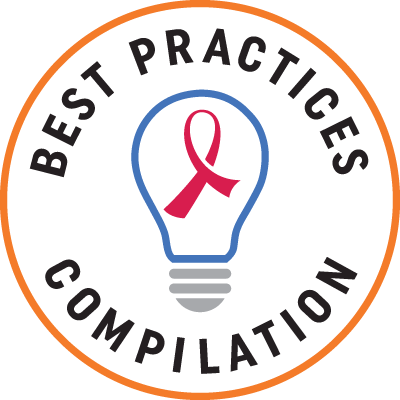Integrated Care
On
Some care delivery models are designed to address multiple care needs in addition to HIV. Conditions include substance abuse, hepatitis, attention to HIV prevention and care, and services for specific populations (e.g., youth, women). Integrated care can be achieved by, for example, a mix of staff and collaboration across service departments.
Best Practices
- Center for Innovation and Engagement
- HRSA Bureau of Primary Health Care (BPHC), Centers for Disease Control and Prevention (CDC)
- IHIP
- IHIP
- IHIP
Technical Assistance
- The central hub of the AETC Program, the clinical training arm of the RWHAP, through HIV curricula, technical support to regional AETCs on practice transformation and best practices, and housing of all AETC-developed tools for HIV clinical staff. Project period: 2019-2024.
 Initiative documenting best practice strategies and interventions that have been shown to improve HIV outcomes in a "real world" setting and can be replicated by other programs. Project period: 2021-2024.
Initiative documenting best practice strategies and interventions that have been shown to improve HIV outcomes in a "real world" setting and can be replicated by other programs. Project period: 2021-2024.- HRSA SPNS project applying the implementation science framework to identify innovative HIV interventions for three priority populations (people with substance use disorder, sexual minority youth, people involved in criminal justice system) and use of telehealth. Project period: 2021-2025.